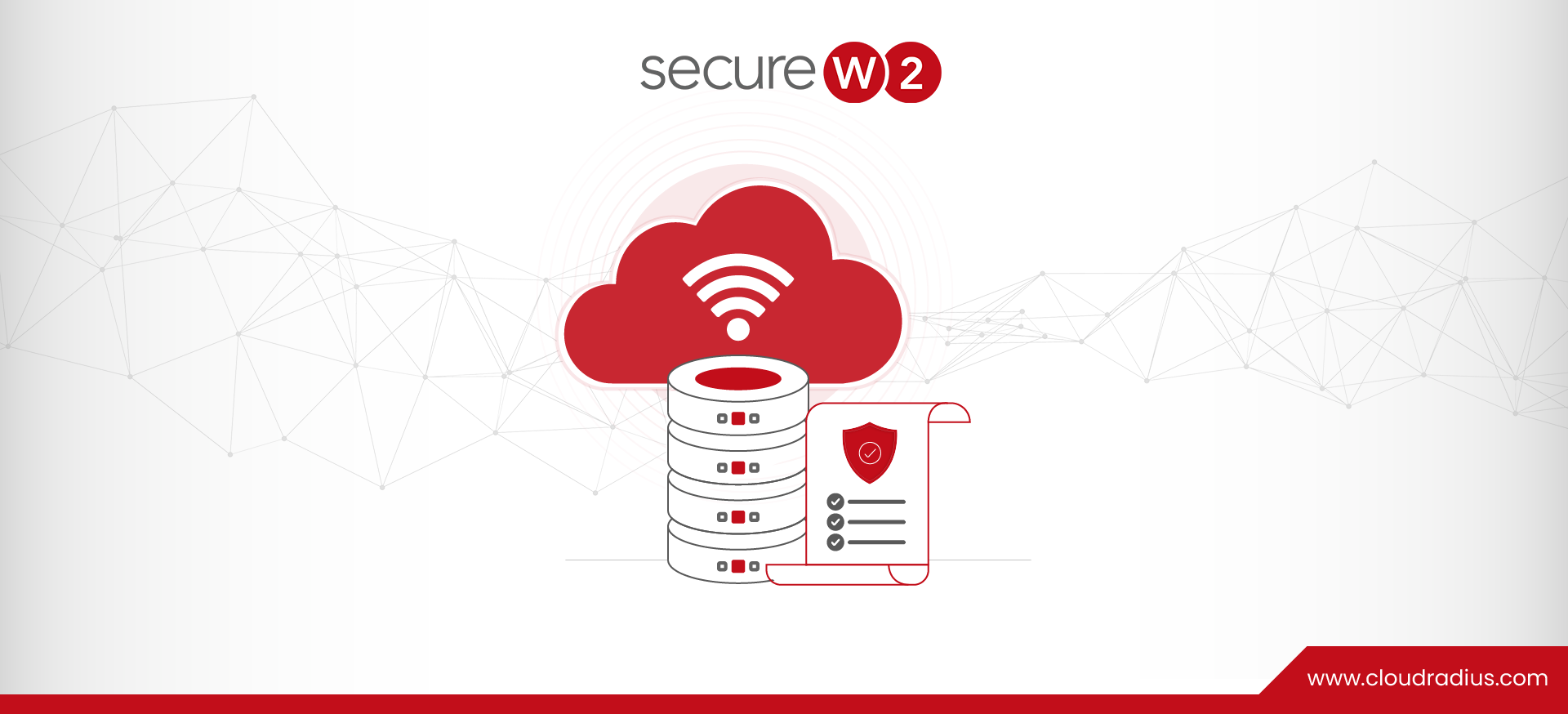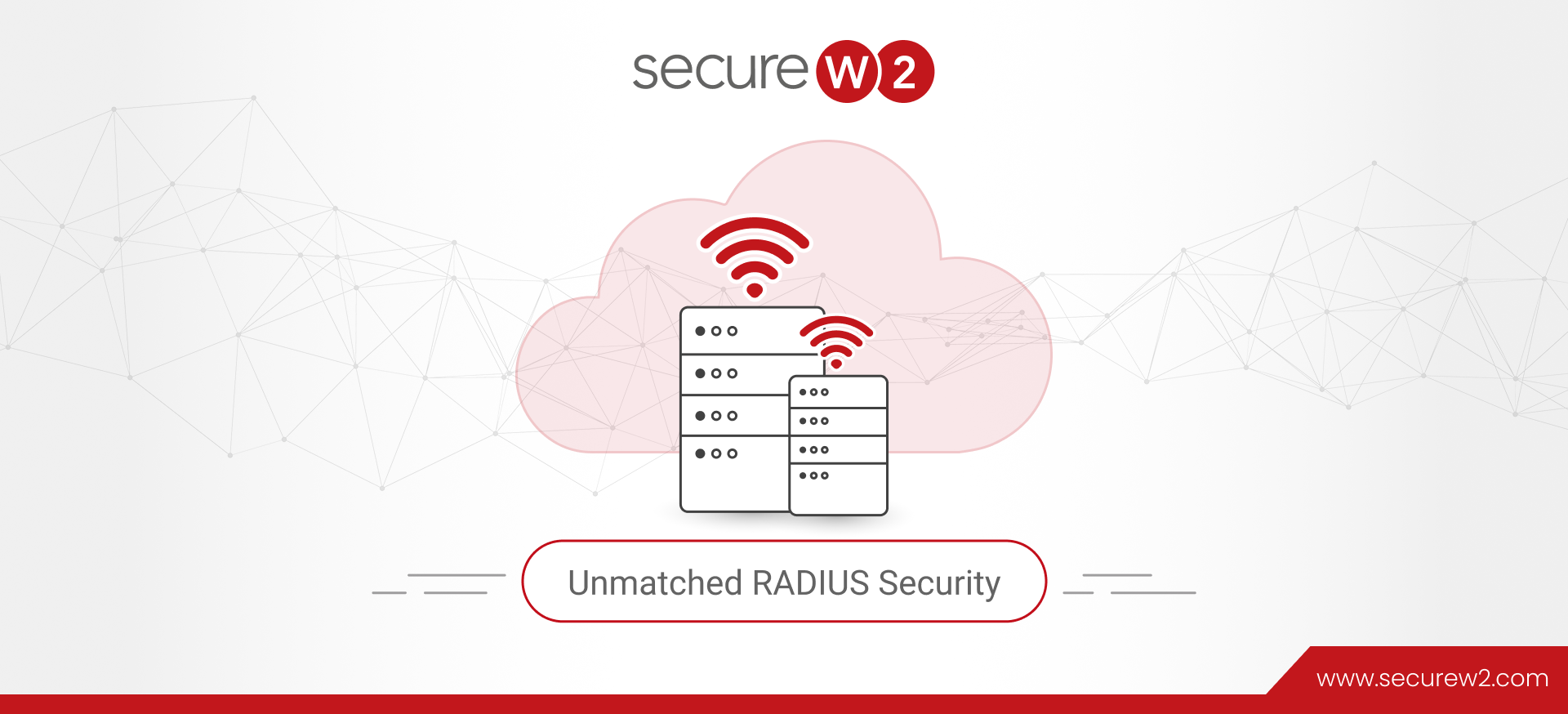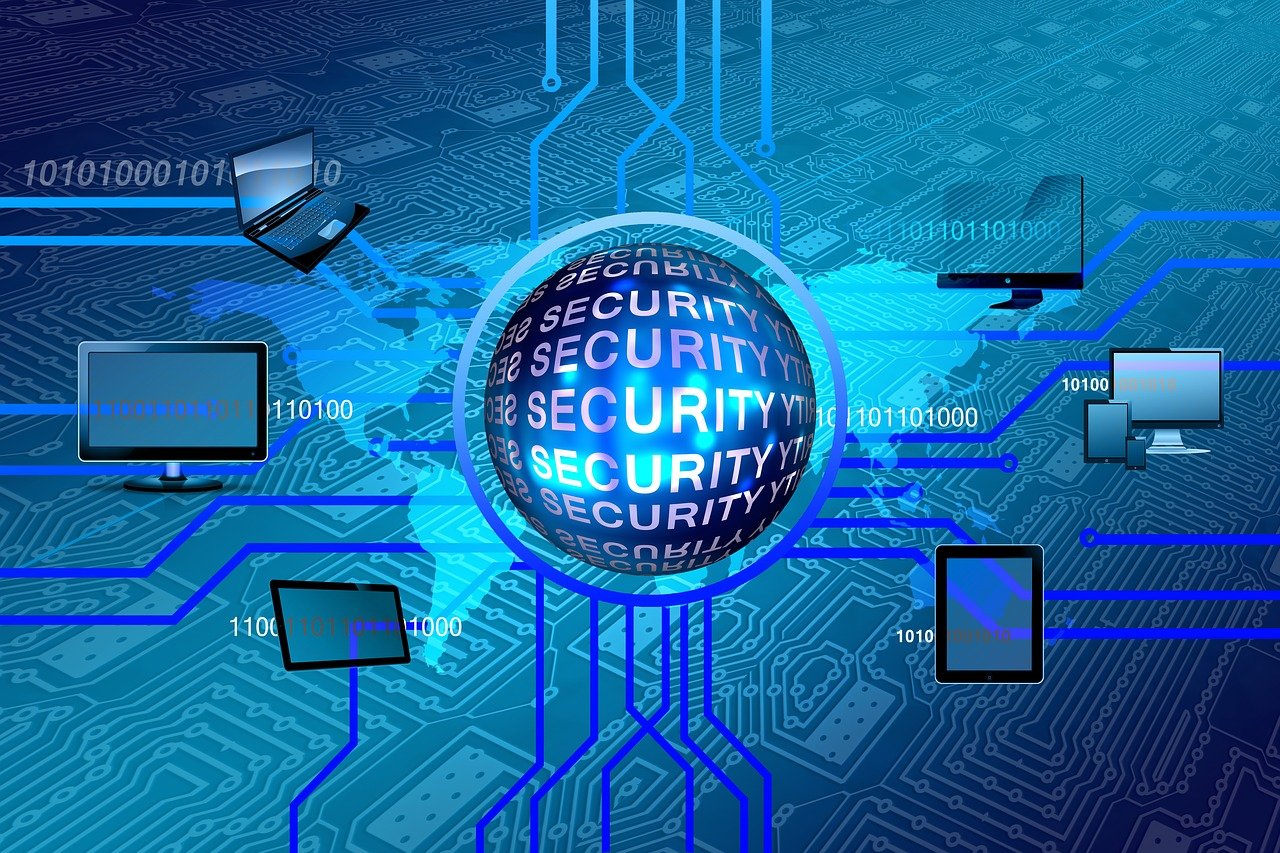
7 Ways To Good UX With RADIUS Authentication
Authentication isn’t just about allowing legitimate users. No amount of security will be successful if it’s so inconvenient that your users don’t adopt it.
Most authentication methods aren’t adept at balancing both security and user experience. The art of balancing security with user experience is a game changer for good consumer satisfaction and winning their trust, encouraging them to embrace security practices without too much inconvenience.. To walk this fine line, RADIUS is the best solution: one step to numerous benefits.
How RADIUS enhances User Experience
Eliminate the Painful Password Management
For many years, password-based authentication was a rampantly used method. However, as hackers continue to develop effective techniques to steal passwords, the need for effective password management is huge. In response, passwords were made to meet complex requirements such as:
- Mandatory password requirement (length, characters used, etc.)
- Unique password every 3/6 months and for each service used
- Automatic logout of accounts, requiring reconnection with the above constraints
- Password Reset Policies
Hence with passwords, the only way to strengthen authentication is to let down user experience, establishing more security = more complexity = worse UX.
However, users will continue to manage their own passwords improperly: like using the same password for multiple applications, never renewing the password, saving it in a file, sending passwords over messages, etc.
To add to the issue, companies have to manage the cost of live help desk interaction when it’s not needed, such as for a simple password reset – according to Forrester it can cost $70 or more per password and over $1 million annually. Here is a study by NordPass that revealed weak, reused, or compromised passwords are frequently responsible for the majority of data breaches across industries, such as healthcare, technology, finance, energy, hospitality, manufacturing, and more.
So passwords aren’t only a security issue, they are also a user experience issue. This leads to a growing need for passwordless authentication.
With passwordless authentication:
- Forget the need to remember a password.
- Eliminate password reset policies.
- Save 50% of your time and money on help desk tickets.
- Have far more security than with passwords, and easily avoid over the air attack.
- Remove pain points of meeting complex requirements of passwords and improve users’ productivity and experience.
Cloud RADIUS leverages digital certificates to provide passwordless security integrated with Azure, Okta, or Google for wired and wireless authentication. These digital certificates enable 100% passwordless authentication and offer the best security, balancing both security and user experience.
Unique Authentication Credentials With WPA2-Enterprise
If you use WPA2-PSK, there is a single password shared with users that anyone can utilize. It’s incredibly easy for someone to lose or steal a single password, which is a security and user experience issue, and it results in an outsider gaining unmitigated access to your secure network.
WPA2-Enterprise uses RADIUS to provide every user with a unique credential, which means instead of just having a single password, they would each have a username and a password. It will be a challenge for any outside attacker to obtain network access, providing far more security and a better user experience. It’s a step that customers will appreciate since their data will be more secure and their user experience will remain unaffected.
Single Sign-On
Single Sign On offers greater security and improved user experience. No one likes to register afresh with every application they use. For example, if each website makes you create a new and unique identity specific to that website and ask you to log in and authenticate every time, the majority of users tend to use the same credentials for all their applications. If a hacker gets access through one poorly secured website, they are likely to be able to access other applications. And with cloud computing, employees are using more and more apps in the workplace. Requiring independent credentials for each app is a huge burden for employees and, frankly, is unrealistic. Single sign-on reduces that burden.
Signing in once saves time, improving employee productivity. Given that 68% of employees toggle between ten apps every hour, eliminating multiple logins can save a company considerable time and money.
With Cloud RADIUS, you can orchestrate an uninterrupted authentication experience, across multiple applications, with a single set of login certificates. Cloud RADIUS enables authentication through digital certificates, and with certificates, you don’t need to remember passwords for any of your services because one certificate can passwordlessly authenticate you to the device as well as most services and applications.
Fast Connection Experience
How customers experience service has a major impact on brand image. If the process of customer authentication is slow, it can ruin the moment. The majority of consumers would abandon the transaction because of delays incurred by the authentication process.
Having fast connectivity is a priority for any business. RADIUS is fastest when using certificates for authentication, rather than credentials.
EAP-TLS authentication is typically faster than credential-based authentication and other EAP methods as the protocol manages the transaction with a few packets, and it occurs automatically without involvement from the user. When the device is in range of the secure network, it will initiate and complete the connection on its own. Hence Cloud RADIUS allows users to access their critical resources securely while not experiencing authentication disruptions.
Seamless Onboarding
Onboarding involves people, products and processes. It is your user’s first impression of your service. It helps confirm your users that your solution is the best for their problem, which inspired them to find your service. From the first moment a new user accesses your network until the moment they are authenticated and logged in, the enrollment process should be simple, safe, and fast for a seamless user experience.
Cloud RADIUS is designed from the ground up with certificate based-authentication in mind. With bundled onboarding software, users can configure their devices (including unmanaged or BYOD ones) for 802.1x authentication and self-enroll their devices for certificates in just a few clicks. Certificates are generated via Cloud PKI, and then are authenticated by the Cloud RADIUS server, giving organizations everything they need to use their existing identity management system for 802.1x authentication.
Simple Reset
Authentication reset is just one of many potential ways to fix several internet and connectivity bugs and glitches. This is useful for troubleshooting various authentication issues and getting it working again. When you’ve tried everything else and nothing seems to work, resetting is the way to go. It results in all saved credentials/certificates being deleted, meaning that you will have to enter these details again.
RADIUS self-service password reset (SSPR) gives users the ability to change or reset their password, with no administrator or help desk involvement. If a user’s account is locked or they forget their password, they can follow prompts to unblock themselves and get back to work. This feature reduces help desk calls and loss of productivity when a user can’t sign in to their device or an application.
Straightforward Integration
The majority of our devices don’t natively communicate with an identity management database. RADIUS is sometimes called a network hub because it allows many disparate devices to communicate authentication with completely unrelated identity management systems that they would ordinarily not work with.
A RADIUS server receives authentication requests from the RADIUS client and then passes those authentication requests on to your identity management system. It’s a translator that helps your devices communicate with your identity management system when they don’t natively speak the same language.
This flexibility means that you can utilize cloud RADIUS on top of the other infrastructure that you already have set up, and you can enjoy the benefits with none of the traditional setups.
Cloud RADIUS with Superior User Experience
Security and user experience are equally important and there is no perfect balance. What works is trade-offs between the two priorities. For example, oftentimes we don’t enjoy multi-factor authentication, but it’s important we know that getting our account compromised is the worst experience of all. It pays to find a UX security solution that works for users and all the authentication scenarios.
Exaggerated security requirements, unexpected application behaviors such as automatic logout, nonintuitive management software, and long log-in times are some of the areas security policy should address to have improved user experience.
SecureW2 Cloud RADIUS offers the best security in the market with an approach to the user experience for all the dimensions of authentication:
- User Login
- User Enrollment
- Certificate Reset
- Admin Portal
- RADIUS Integrations
You can customize every aspect of your RADIUS and PKI with our powerful, single-pane dashboard management interface.
Features include:
- Ability to see who your RADIUS authorizes in real-time.
- Passwordless Authentication with none of the risks associated with credential-based authentication.
- Works directly with Azure, Okta, or Google Active directories.
- Authentication in less than a second.
- No LDAP servers are needed.
- Logs that record user and device authentication history.
- Comes backed by SecureW2’s Best-in-Class Device Onboarding and Managed PKI Services.
Our solution puts all the control in your hands so you can secure your users from fraudulent attacks and provide them with the best experience. CloudRADIUS and SecureW2 have affordable options so organizations of all shapes and sizes can protect their users, and improve their network security and usability. Check out our pricing today to see how you can improve your security UX.




